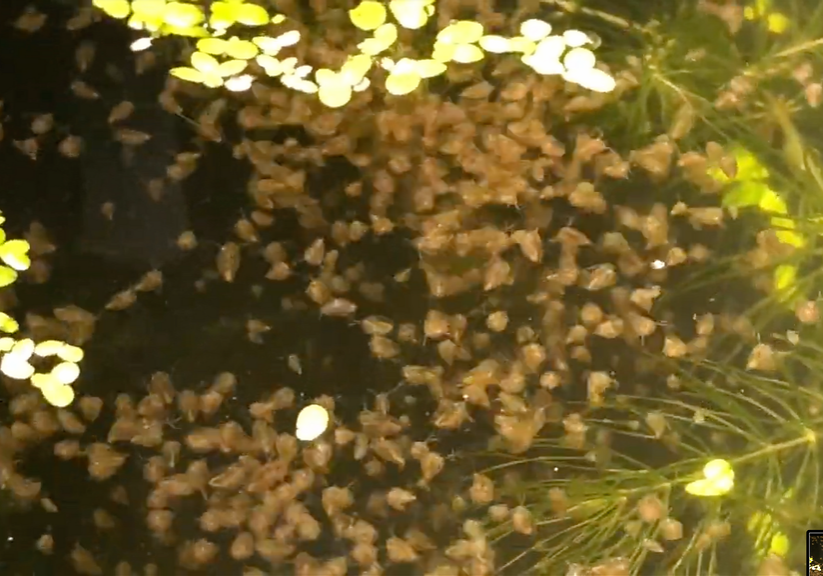Lake animals near Chernobyl have mutations

Animals in lakes close to the Chernobyl nuclear reactor have more genetic mutations than those from further away – giving new insight into the effect of radiation on wild species, researchers at the University of Stirling have found, writes Brendan Montague in The Ecologist.
DNA analysis of freshwater crustaceans, called Daphnia (pictured), revealed greater genetic diversity in lake populations that experienced the highest radiation dose rates following the accident in 1986.
Radiation is the primary cause of these genetic mutations, according to Dr Stuart Auld, who led the research.
Dr Auld, of Stirling’s faculty of natural sciences, said: “Chernobyl is a natural experiment in evolution, because the rate of genetic mutation is higher, and all evolutionary change is fuelled by mutations.
“Normally you have to wait for generations to see the effect of the environment on mutations, and most mutant animals are pretty damaged so don’t live long.
“By sequencing non-coding DNA – bits of genetic code that don’t actually affect the form or function of the organism – we were able to uncover these mutations.”
Dr Jessica Goodman collected the crustaceans using a kayak and net from lakes at varying distances from Chernobyl as part of her PhD. She flew the samples back to the lab at Stirling, where Dr Auld’s team isolated and analysed the DNA.
The research was assisted by June Brand at the University of Stirling and Gennady Laptev from the Ukrainian Hydrometeorological Institute in Kiev. It was funded by the Natural Environment Research Council.
The paper Radiation-mediated supply of genetic variation outweighs the effects of selection and drift in Chernobyl Daphnia populations is published in the Journal of Evolutionary Biology.
Support Beyond Nuclear
Help to ensure a safer, greener and more just world for all

